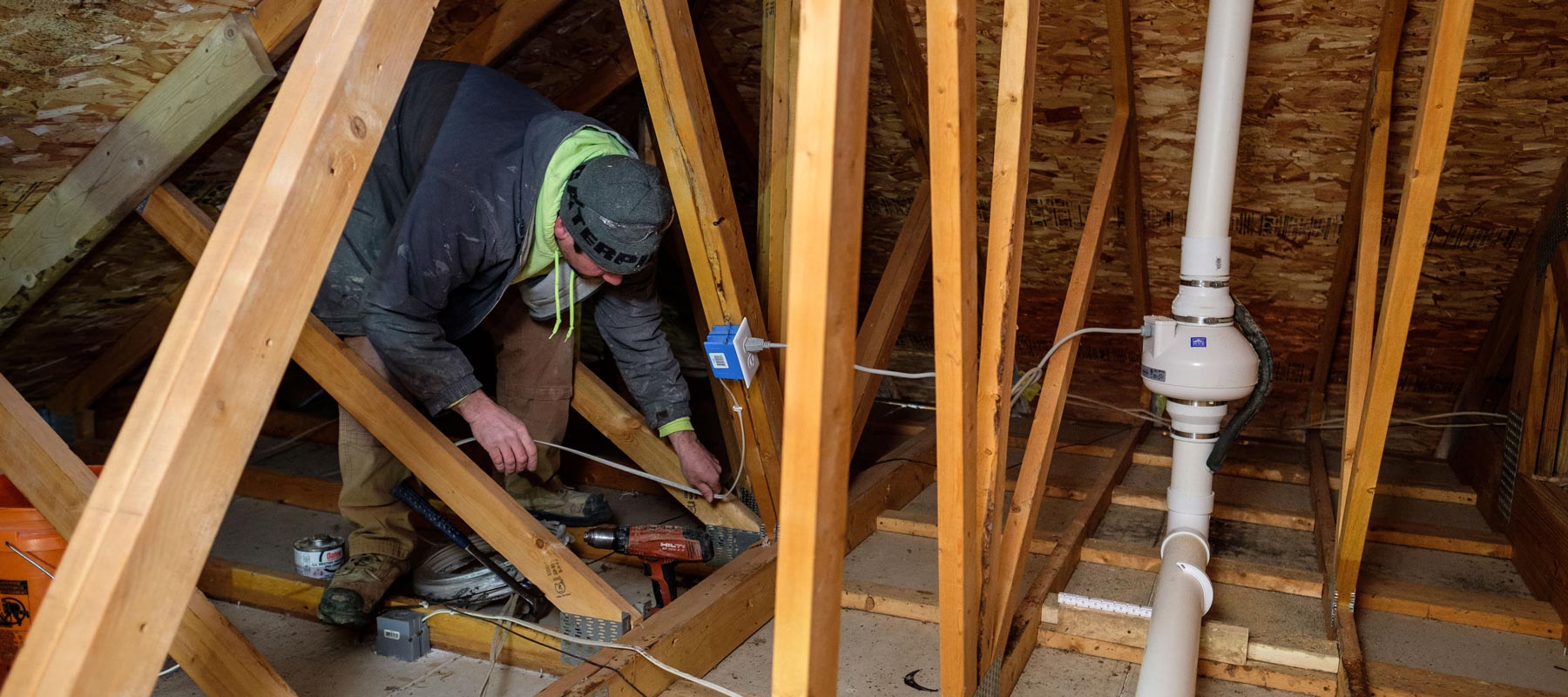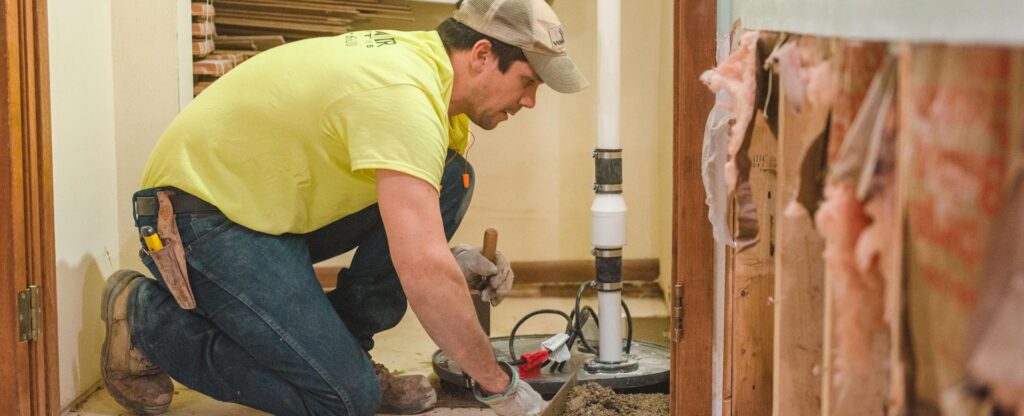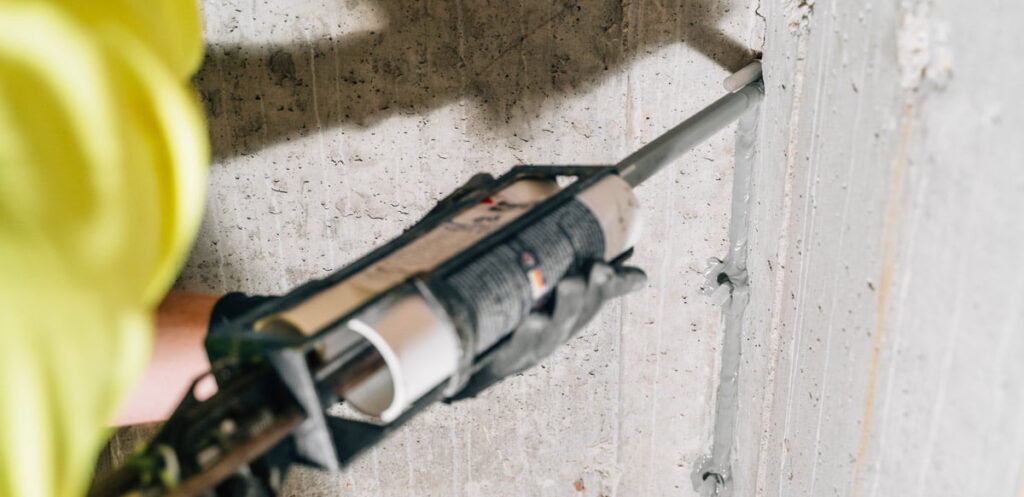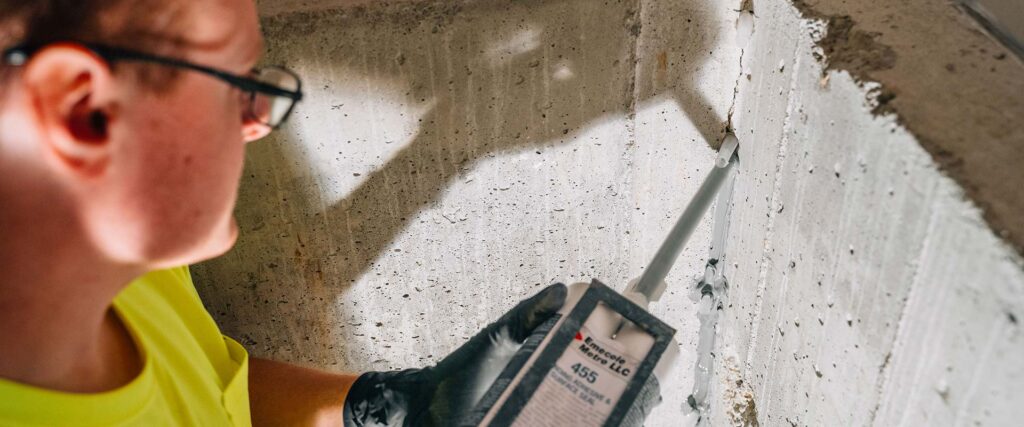
Radon Mitigation: Why and How to Reduce Radon Gas Levels in Your Home
- December 10, 2020
- 11:41 am
Radon is a cancer-causing radioactive gas that results from the natural breakdown of uranium in rock, soil, and water. Often called a “silent killer,” radon gas cannot be seen, smelled, or tasted as it rises up through the ground and into our homes.
While radon is present in every home, it is a particular danger in Wisconsin, where 1 in every 10 homes is estimated to contain elevated levels of radon. (The national average is 1 in 15.)
Here’s what you need to know about this lethal gas—including health risks, testing, and how to reduce radon gas levels at home to keep your family safe.
Radon Gas Health Risks
According to the Environmental Protection Agency (EPA), radon gas is the second-leading cause of lung cancer in the United States, and the number-one cause of lung cancer among non-smokers. EPA estimates that exposure to radon gas causes 21,000 deaths per year—more than twice the number of drunk-driving fatalities (10,511) in 2018.
Symptoms of radon poisoning include persistent cough, fatigue, shortness of breath, chest pain, and weight loss.
People who smoke are especially at risk. If you live in a home with high radon levels, smoking increases your risk of lung cancer by a factor of 10.
Testing for Radon Gas
Any home can have high radon levels. New homes, old homes, homes with basements, and homes without. For Wisconsin residents, the risk of radon exposure is especially high during the winter when closed doors and windows trap the gas inside.
The good news is, radon testing is easy and inexpensive to do.
Radon test kits are readily available online and in many home-improvement stores. If you are not the do-it-yourself type, Zander Solutions has certified radon professionals that would be happy to conduct the test for you.
The best place to start is with a short-term test. Short-term tests are placed in any potential at-risk areas of a home, and typically collect readings for two to seven days. The test kit is then sent to a laboratory where the results are calculated and communicated back to the homeowner.
A short-term radon test is required as part of a home inspection when buying or selling a home. However, this is not the only time to test for radon. Radon gas levels can and do change all the time. What’s more, structural changes to your home—including the addition and removal of heating, ventilation, and air-conditioning equipment—can affect radon levels in a home.
For these reasons, the EPA recommends testing your home for radon after any renovation and every two years as part of routine maintenance.
Keep in mind, short-term radon tests only tell you about the radon levels in your home for the short time the tests are run. They won’t provide any information about how your home’s radon levels may change over time. To ensure your family’s safety, you should also conduct long-term tests (typically 90 days) at different times of the year.
How to Reduce Radon Levels in Your Home
If radon levels in your home meet or exceed safe living standards (four picocuries per liter (pCi/L)), you will need to reduce the threat through mitigation.
Radon mitigation systems come in several types. Some are designed to prevent radon from entering the home. Others aim to reduce radon levels after the gas has entered. None of these systems require major changes to your home.
One of the most common and effective ways to reduce radon gas in homes is called sub-slab depressurization. In this type of system, a pipe is passed through the concrete foundation into the crushed rock or soil underneath. An exhaust fan connected to the pipe draws the radon gas from below the house and releases it into the outdoor air. Similar radon mitigation systems exist for homes with crawl spaces.
The cost of installing a radon mitigation system is about the same as for other common home repairs. Most homeowners can expect a total cost of between $800 and $2,500.
For More Information About Radon and Radon Mitigation Systems
It is important to act quickly if elevated levels of radon are present in your home. To find out if your home is at risk, call Zander Solutions at 1-833-928-1429 or email us at info@zandersolutions.com. Our certified radon experts would be happy to answer any questions and help you arrange a professional radon test in your home.
Once you know your home’s radon levels, you can breathe easy in the knowledge that this invisible gas is no threat to you or your family. And if your home should require the installation of a professional radon mitigation system, we can help with that, too.


